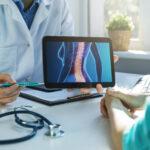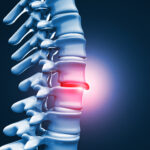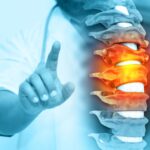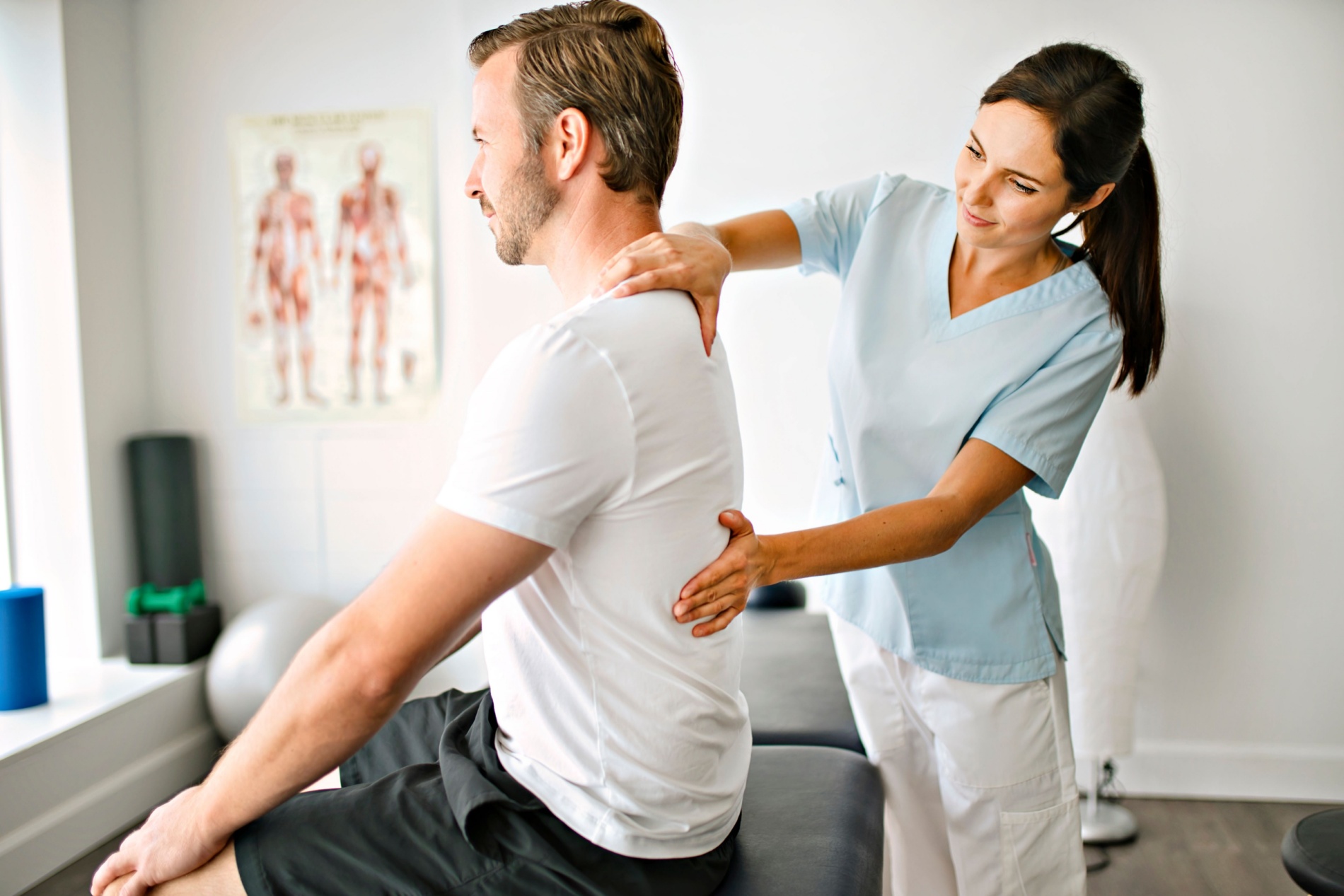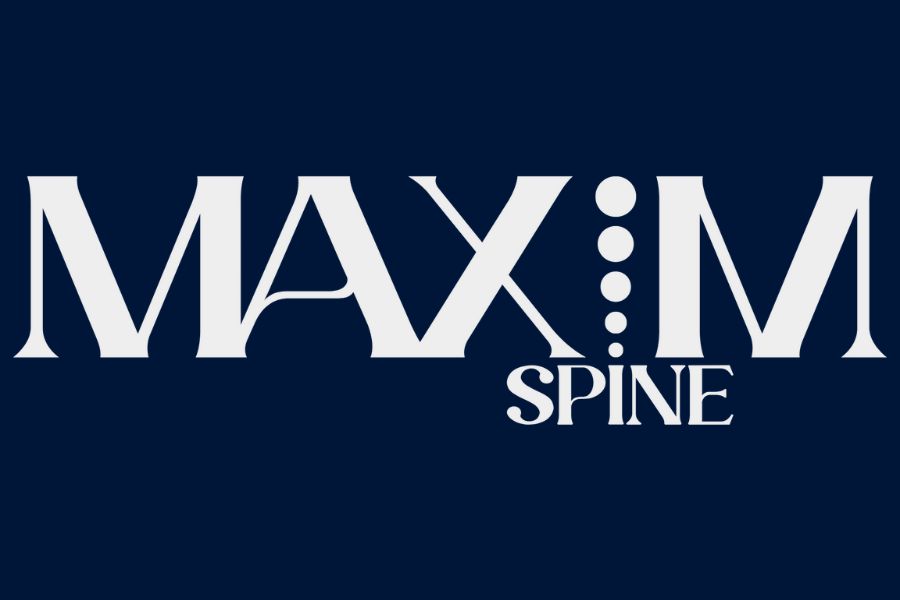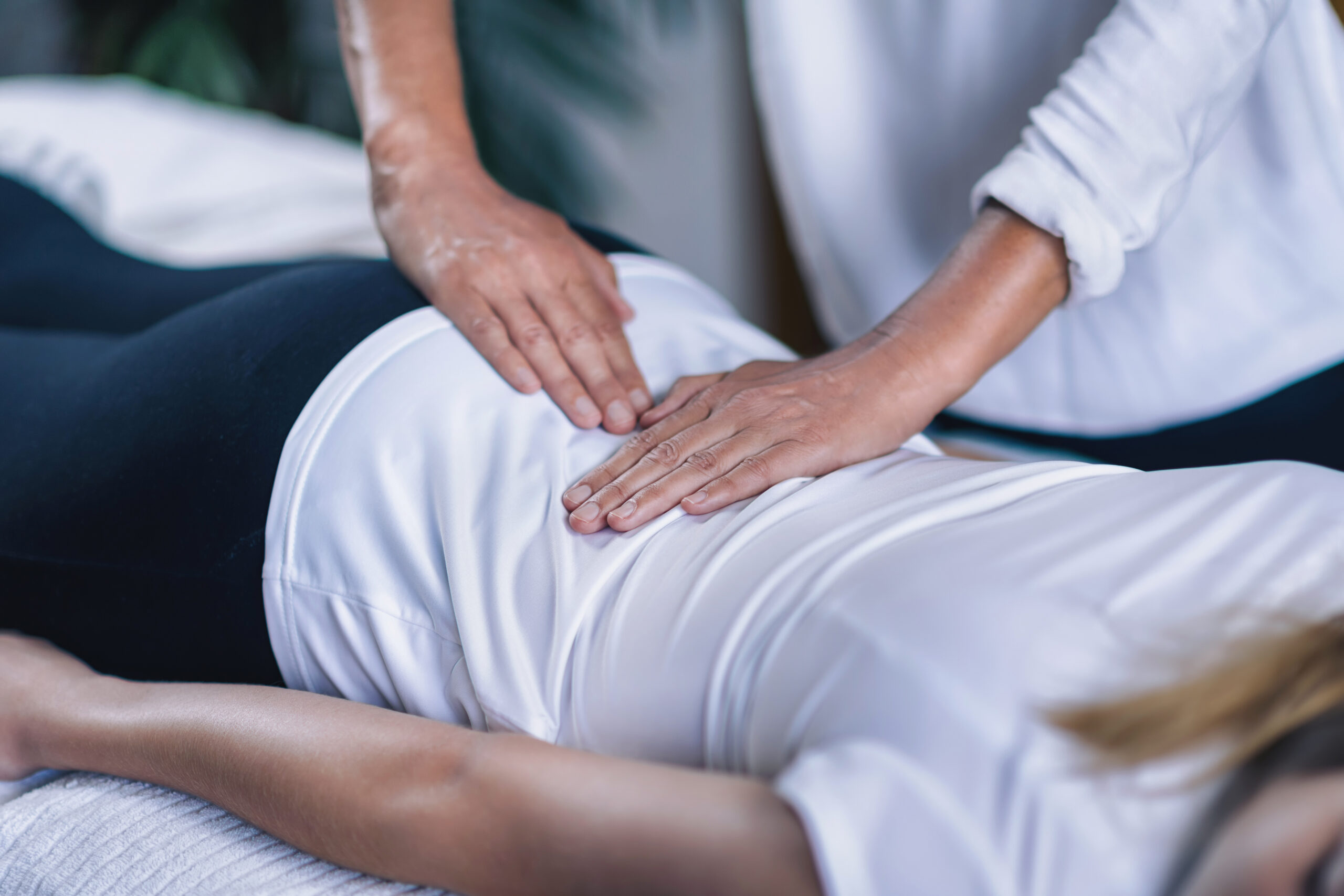
Scoliosis and Holistic Solutions for Living with Back Pain
Integrating holistic solutions for living with back pain involves a multi-faceted approach that incorporates both work life and home life. Orthopedic surgeons and physiatrists specializing in spine care recommend daily practices, routines, workplace considerations, home-life support, ongoing practices, and adaptability.
Above all, it’s important to consult with your healthcare team to develop a personalized plan that addresses your specific needs. With a holistic approach, you can manage your Scoliosis effectively. The importance of receiving a thorough medical evaluation to determine the type, severity, and underlying cause of your Scoliosis cannot be understated, which might include a physical examination, X-rays, or possible imaging tests.
Based on your results, a specialist can create a personalized treatment plan tailored to your goals. This plan might include a combination of traditional and holistic approaches. You would also have regular follow-up appointments to monitor your progress, as most spinal doctors use a holistic approach while simultaneously emphasizing the importance of traditional evaluations that address all angles of your Scoliosis.
It’s important to note that non-surgical and minimally invasive treatment for Scoliosis spinal curves under 40 degrees focuses on a variety of key areas, which means it varies with each patient.
“Severity and location of the curve, age, potential for further growth, and general health of the patient all must be taken into account,” states the National Scoliosis Foundation. “A mild curvature, up to 20 degrees, generally needs only periodic observation to watch for signs of further progression. Bracing is the usual treatment for children and adolescents with curves of 25 – 40 degrees and in other special circumstances.”
Holistic Solutions for Living with Back Pain: Exams and Check-Ups
Keeping a close eye on Scoliosis is the key to assimilating holistic solutions for living with back pain into your daily routine and managing it effectively. Regular check-ups amount to taking snapshots of your spine to track how the curve is changing over time.
For milder curves of 10 – 20 degrees, your doctor might recommend visits every four to six months. This helps your spinal specialist stay on top of any changes and adjust your treatment as needed. If you’re younger and still growing, your doctor will pay even closer attention, as growth spurts can sometimes cause the curve to worsen.
These check-ups usually involve a physical examination where your doctor will assess your posture, alignment, and muscle strength. A special tool, or Scoliometer, may be used to measure the angle of your spinal curve. X-rays are also essential for getting a precise measurement and monitoring any changes in the curve’s shape or size.
In some cases, your doctor may recommend additional tests like an MRI or CT scans for a more detailed look. For children and teenagers, growth assessments are particularly important. Doctors track growth through regular height and weight measurements, assessing pubertal development and using X-rays to measure specific bone growth.
By staying on top of your check-ups and following your doctor’s recommendations, you can take proactive steps to manage your Scoliosis. This approach can minimize the impact of your condition and potentially prevent the need for more invasive interventions down the road.
Easing Your Discomfort Through Physical Therapy
Many patients say physical therapy is the bedrock of non-surgical holistic solutions for living with back pain and managing Scoliosis, particularly for spinal curves under 40 degrees. Working hand-in-hand with a specialist, physical therapy can improve your spinal alignment, teaching you how to correct bad slouching habits and unhealthy postures.
Strengthening your core muscles is another goal. Your core acts as a natural brace, supporting your spine and potentially slowing down curve progression. Through exercises like planks and bridges, physical therapy helps you build this muscle group.
Flexibility is important too. Targeted stretches and proprioception exercises, which improve body awareness, address areas of tightness and reduced mobility, ensuring you can move freely and maintain proper alignment.
Physical therapy doesn’t just focus on the physical aspects of Scoliosis. It helps you manage pain and discomfort through manual therapy, relaxation techniques, and proper body mechanics. It empowers you to take control of your condition and make positive lifestyle changes for a healthier you.
Approaches like the Schroth Method, which combines exercises, postural correction and breathing techniques, are often tailored to your curve pattern. The frequency and duration of your sessions will vary depending on the severity of your curve. You might start with more frequent sessions to learn the ropes, then gradually taper off as you progress.
“The goal of Schroth exercises is to de-rotate, elongate, and stabilize the spine in a three-dimensional plane,” according to Johns Hopkins Medicine. “This is achieved through physical therapy that focuses on restoring muscular symmetry and alignment of posture, breathing into the concave side of the body, and teaching you to be aware of your posture.”
Physical therapy isn’t a quick fix. It’s an ongoing process requiring consistency. With the right guidance, it can significantly improve your posture, strength, flexibility, and quality of life.
Chiropractic Care and Holistic Solutions for Living with Back Pain
Chiropractic care can be a helpful addition to your Scoliosis treatment plan, especially if your spinal curve is less than 40 degrees and you’re considering unique holistic solutions for living with back pain. While it won’t magically straighten your spine, it offers several benefits that can make a real difference in your daily life.
Think of your spine as a chain: when one link is out of place, it affects the whole system. Chiropractors use gentle adjustments to realign your spine, much like fixing a kink in a chain. This can help reduce the severity of your curve and improve your posture, making you stand taller and straighter.
It’s not just about looks, as these adjustments also relieve pressure on your nerves and tissues, which significantly reduces pain. Imagine a tight knot in your back finally loosening up. That’s the kind of relief chiropractic care can provide.
Beyond pain relief, chiropractic treatment helps you move more freely. By improving joint mobility and flexibility, it makes everyday activities easier and more enjoyable. You might find it easier to bend, twist, and reach out without feeling restricted.
Chiropractors don’t just focus on your spine; they also address your surrounding muscles. By incorporating exercises and stretches into your treatment plan, they help you build strength and balance, further supporting your spine and minimizing the risk of your curve worsening over time.
If you’re considering chiropractic care for Scoliosis, look for a practitioner with experience. The right chiropractor can tailor a treatment plan that complements other therapies, working to help you effectively manage your Scoliosis.
Pain Management is a Helpful Addition to Treatment
Doctors who believe in holistic solutions for living with back pain say that managing Scoliosis involves more than just treating the physical symptoms. They understand that your mind and body are interconnected and a well-rounded approach is the right path for any patient.
To relax tense muscles, they might recommend massage therapy to release knots and improve blood flow. Heat therapy, whether it’s a warm bath or a heating pad, can offer soothing relief. For a do-it-yourself approach, try a foam-roll to loosen tight muscles or soaking in an Epsom salt bath to reduce inflammation.
If you’re suffering from nerve irritation, acupuncture is another option. Some patients also find relief from TENS therapy, or Transcutaneous Electrical Nerve Stimulation, which uses mild electrical currents to block pain signals.
To enhance your range of motion, consider incorporating gentle yoga or Pilates into your routine. Aquatic therapy, or exercising in water, can also be a great way to move freely without putting stress on your joints.
Of course, targeted exercises can activate and strengthen your muscles that support your spine, improving your posture and potentially slowing down curve progression. Light resistance training can also boost your endurance.
Holistic doctors also emphasize the importance of mental wellbeing. Mindfulness and meditation can help manage stress, which can exacerbate pain. Eating a healthy diet rich in anti-inflammatory foods like fruits, vegetables, and omega-3s can make a difference.
This is just a glimpse into the world of holistic pain management. It’s always best to consult with your doctor to determine the best approach and utilize the right combination of therapies.
A Final Word on Holistic Solutions for Living with Back Pain
Your Scoliosis treatment plan and holistic solutions for living with back pain will be tailored to your needs. If your Scoliosis stems from another medical condition, like a neuromuscular disorder, your doctor will address both issues together. Specialists understand that Scoliosis can be emotionally challenging, so they may suggest counseling or support groups to help you navigate these feelings.
The importance of early detection and treatment cannot be overemphasized. By addressing Scoliosis early on, many patients can prevent the curve from worsening and avoid more invasive interventions down the line. Your doctor will stress the importance of sticking to your treatment plan, whether it involves wearing a brace, going through physical therapy, making lifestyle changes, or embracing other non-invasive holistic solutions.
Don’t forget about lifestyle adjustments, such as avoiding heavy lifting or activities that put strain on your back. These strategies should work alongside traditional treatment, not replace it. Incorporating simple practices into your daily routine can make a big difference.
You should also start your day with gentle stretches and core exercises to improve flexibility and posture. At work, make sure your workstation is ergonomically friendly, take regular breaks, and be mindful of your posture. Invest in a supportive mattress and pillows for a good night’s sleep, and wind-down with relaxation techniques.
Managing Scoliosis is a pilgrimage. By working closely with your doctor, taking a proactive approach, and eating a balanced diet rich in calcium and vitamin D to support your bone health, you can take control of your situation.
“Living with SMA, Scoliosis, and hip dysplasia makes life incredibly complex,” says one patient recently spotlighted in SMA News Today. “Choosing what is worth putting yourself through while living with debilitating physical impairments is imperative when seeking treatment from medical professionals.”
Maxim Health
Looking for holistic solutions for living with back pain? This is where our groundbreaking approach intersects with your needs. Maxim Health is a beacon of innovation.
Our comprehensive focus brings together luminaries in spine surgery for an unparalleled experience in care, expertise, and attention. With an extensive track record of successful and intricate procedures, Maxim is also at the forefront of non-surgical solutions. We help patients regain control of their lives, from non-invasive interventions to the latest advancements in pain relief.
